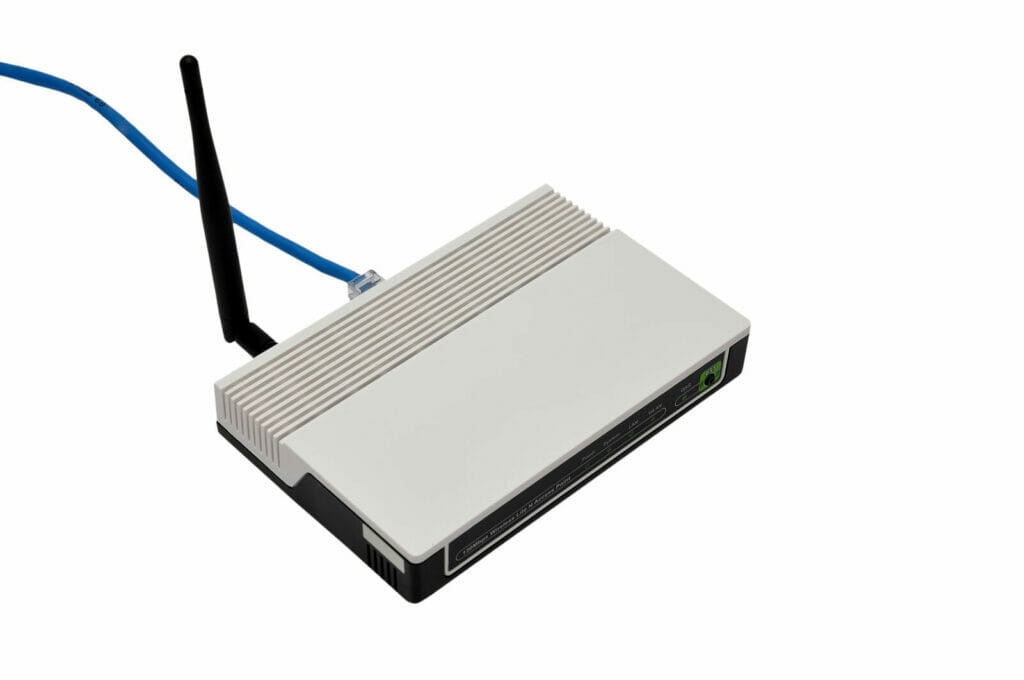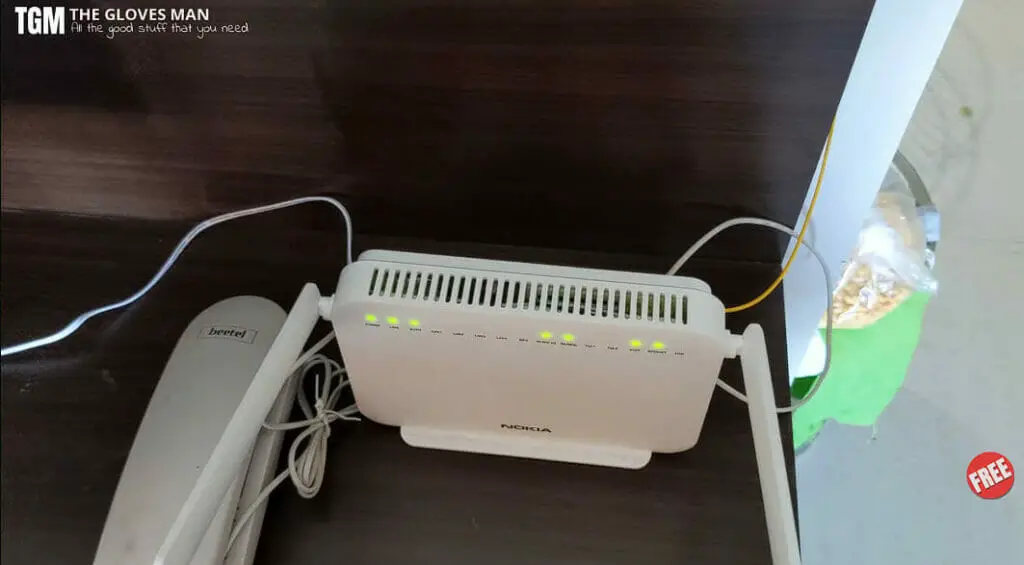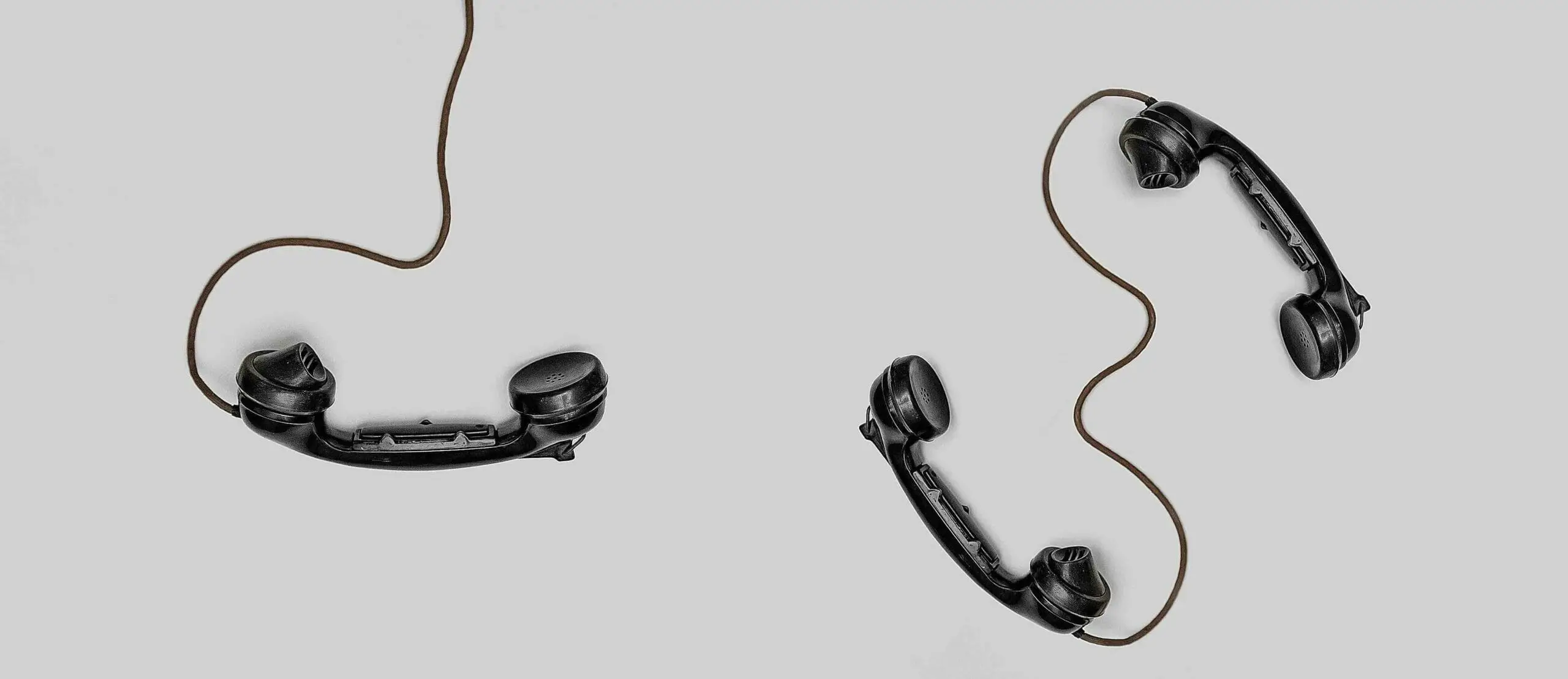Have you ever wondered how to connect your landline phone to your wireless router? Maybe you’ve upgraded to a new internet provider or ditched your traditional phone line but still want to use your old landline phone.
The good news is that connecting your landline phone to your wireless router is possible, and I’m here to guide you through the process.
First, you’ll need a modem and a wireless router to support the landline connection. The modem ensures a stable internet connection, while the wireless router allows your devices to access the internet wirelessly throughout your home. Combining these devices creates a powerful communication hub supporting your landline phone.
Preparation Steps

This section explores what you need to start, including gathering the necessary cables, choosing the right router, and ensuring compatibility with your service provider.
Gathering Necessary Cables

When setting up your connections, ensure you have all the required cables. If you want a smooth experience, follow these steps:
- Obtain an Ethernet cable to connect your router to your modem. This will help ensure a strong internet connection to support your landline phone.
- Get a phone cable to connect your landline phone to the router. This cable connects to the designated port on the router, which is often labeled as “Tel,” “Phone,” or something similar.
Choosing the Right Router

Not all wireless routers are created equal, so choosing one compatible with your needs is crucial. Here’s what I recommend:
- Ensure your Wi-Fi router supports VoIP (Voice over Internet Protocol) functionality. This allows your landline phone to connect to the internet and make calls.
- Look for a router with a built-in modem, which can save you space and simplify your setup.
- Ensure that the router has sufficient range and speed to support your home phone and other devices using Wi-Fi.
Connecting Landline Phone to Wireless Router

Now, let’s dive in and explore the two main methods of connecting landline phones to wireless routers: connecting to DSL or Fiber modems and setting up VoIP. We’ll start with DSL or Fiber modems.
Connecting to DSL or Fiber Modems
You can connect your landline phone to your wireless router with a DSL or Fiber modem. All you need is an Ethernet cable and a modem with a phone port. Follow these simple steps to get the job done:
- First, power off your router to avoid any hiccups during the process.
- Now, plug one end of the Ethernet cable into the LAN port on your wireless router.
- Connect the other end of the Ethernet cable to the modem with a phone port.
- Next, insert your phone line into the “Phone 1” or “Tel 1” port on the modem or router.
- Power your router back on, and wait a few minutes for it to boot up fully.
- Finally, pick up your landline phone and check for a dial tone. If everything’s connected properly, you should be good to go!
Setting Up VoIP
VoIP (Voice over Internet Protocol) is another way to connect a landline phone to a wireless router. This method allows me to make phone calls using an internet connection. You’ll need some ethernet cables and your VoIP-enabled router.
To set up VoIP, I follow these steps:
- Check the router or modem for a specialized VoIP port labeled as “Line” or “Phone” (Community Phone).
- If the modem router has such a port, plug the phone line into it.
- If not, get a VoIP adapter and connect it to the router using an Ethernet cable.
- Connect the phone line to the adapter.
- Power on the devices and wait for them to establish a connection.
With either method, you’ll have your landline phone connected to your wireless router in no time. Don’t worry; it’s not as complicated as it might look, and following these steps will get you connected and ready to go.
Adding More Features
This section covers three fantastic enhancements: Call Forwarding, Video, and Wi-Fi Calling.

| Feature | Steps | Description |
|---|---|---|
| Call Forwarding | 1. Access your VoIP phone settings or log in to your VoIP provider’s website. 2. Find the Call Forwarding settings. 3. Enter your mobile phone number to which you’d like the calls forwarded. 4. Save the settings and test the call forwarding. | Call Forwarding is a feature that allows you to forward your landline calls to your mobile phone, which is useful when you’re away from home. |
| Video | 1. Check if your landline phone is video-capable. If not, you can invest in a VoIP phone with a built-in camera. 2. Connect your video-enabled landline phone to the Wi-Fi router. 3. Configure video settings, such as resolution and frame rate, through your VoIP provider’s portal or phone settings. 4. Start making video calls. | The Video feature lets you make video calls using your landline phone connected to a Wi-Fi router. This provides a richer communication experience. |
| Wi-Fi Calling | 1. Ensure your router supports Wi-Fi Calling and enables the feature. 2. Check if your landline phone is Wi-Fi Calling compatible, or purchase a VoIP phone that supports Wi-Fi Calling. 3. Connect your landline phone to the Wi-Fi router wirelessly. 4. Enter your Wi-Fi Calling settings on your landline phone or VoIP provider portal and set it up. 5. Start making and receiving calls through your Wi-Fi network. | Wi-Fi Calling allows you to make and receive calls without using a traditional telephone line or fiber connection. It enables voice communication over a Wi-Fi network. |
Troubleshooting Connectivity Issues
Checking Dial Tone
When I first encountered connectivity issues with my landline phone and wireless router, my initial step was checking for a dial tone. It is crucial to determine if the problem lies with the phone or the connection itself.
To do this, disconnect your landline phone from the phone port of the wireless router and plug it directly into the phone jack on the wall.
Then make a test call to see if you can hear a dial tone or reach a friend. If there’s no dial tone, that could indicate an issue with the phone jack or the telephone line itself. In that case, I’d recommend contacting your service provider for assistance.
Power Cycling Equipment
If a dial tone is present, but there’s still an issue connecting to the wireless router, my next step is power cycling the equipment. This process includes turning off the DSL modem and Wi-Fi router, then waiting a minute before turning them back on.
To do a proper power cycle, start by unplugging the power supply of your Wi-Fi router and DSL modem. It’s important to leave them unplugged for at least 30 seconds to ensure that any residual electricity is discharged. Also, disconnect any DSL connections at this time.
After waiting 30 seconds, plug the power supply into your Wi-Fi router and DSL modem. Allow each device’s lights to stabilize before checking your internet access. If all lights appear normal and steady, connect your landline phone to the router again.
This power cycling approach has helped me resolve connectivity issues on numerous occasions. Nevertheless, consulting your service provider or manufacturer’s support team for more help and guidance might be a good idea if these steps don’t improve your situation.
Remember, troubleshooting connectivity issues involves a process of elimination, so be patient and keep trying different steps until you pinpoint.
References
Organizations:
- The Internet Society. https://www.internetsociety.org/
- The Institute of Electrical and Electronics Engineers (IEEE). https://www.ieee.org/
Books:
- “Hacking Exposed VoIP: Voice Over IP Security Secrets & Solutions” by David Endler and Mark Collier.
- “VoIP For Dummies” by Timothy V. Kelly.
Websites:
- DSLReports. http://www.dslreports.com/
- PCMag. https://www.pcmag.com/
- VoIP-info.org. https://www.voip-info.org/
- Tom’s Guide. https://www.tomsguide.com/
Video References
The Gloves Man

